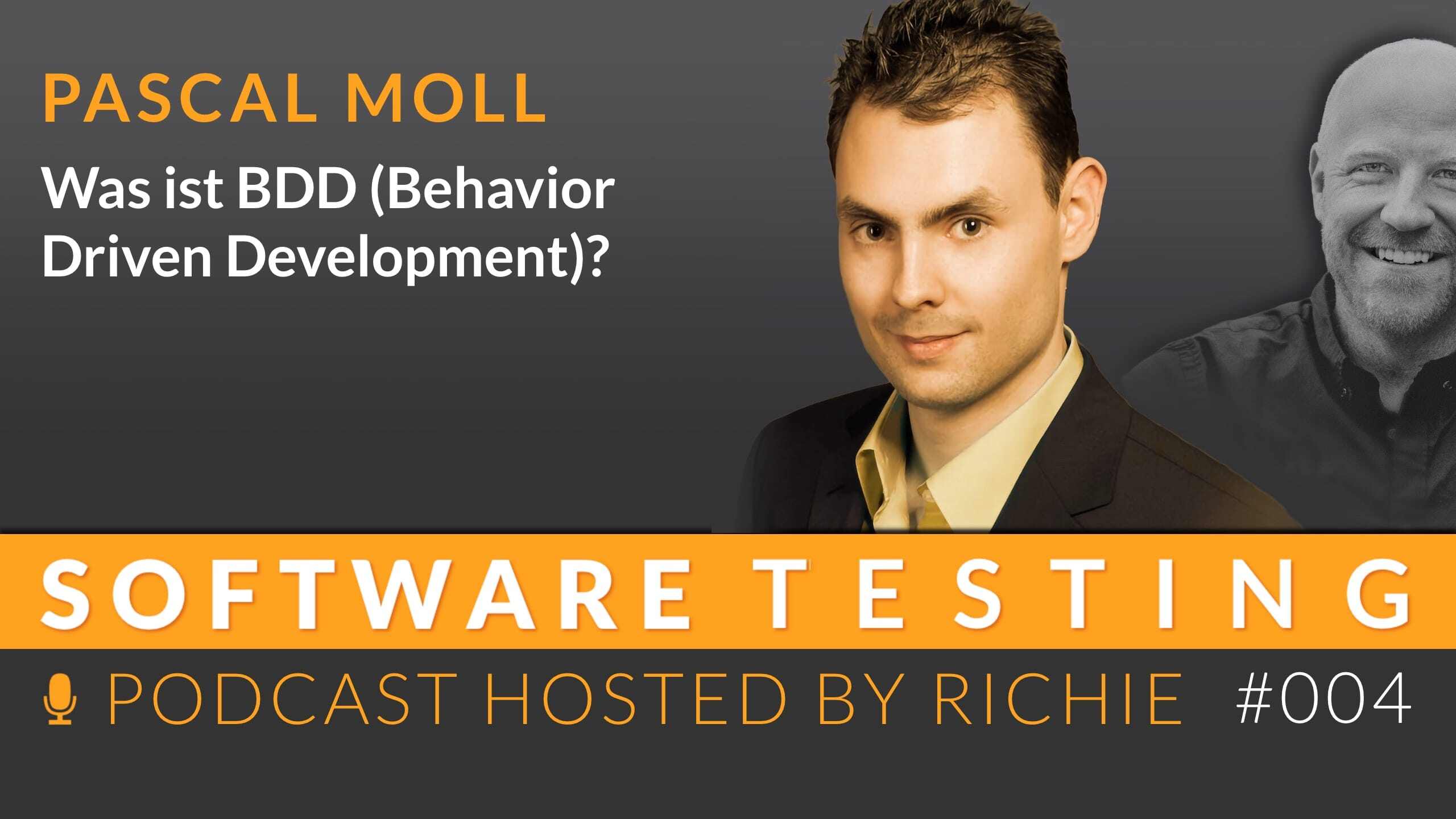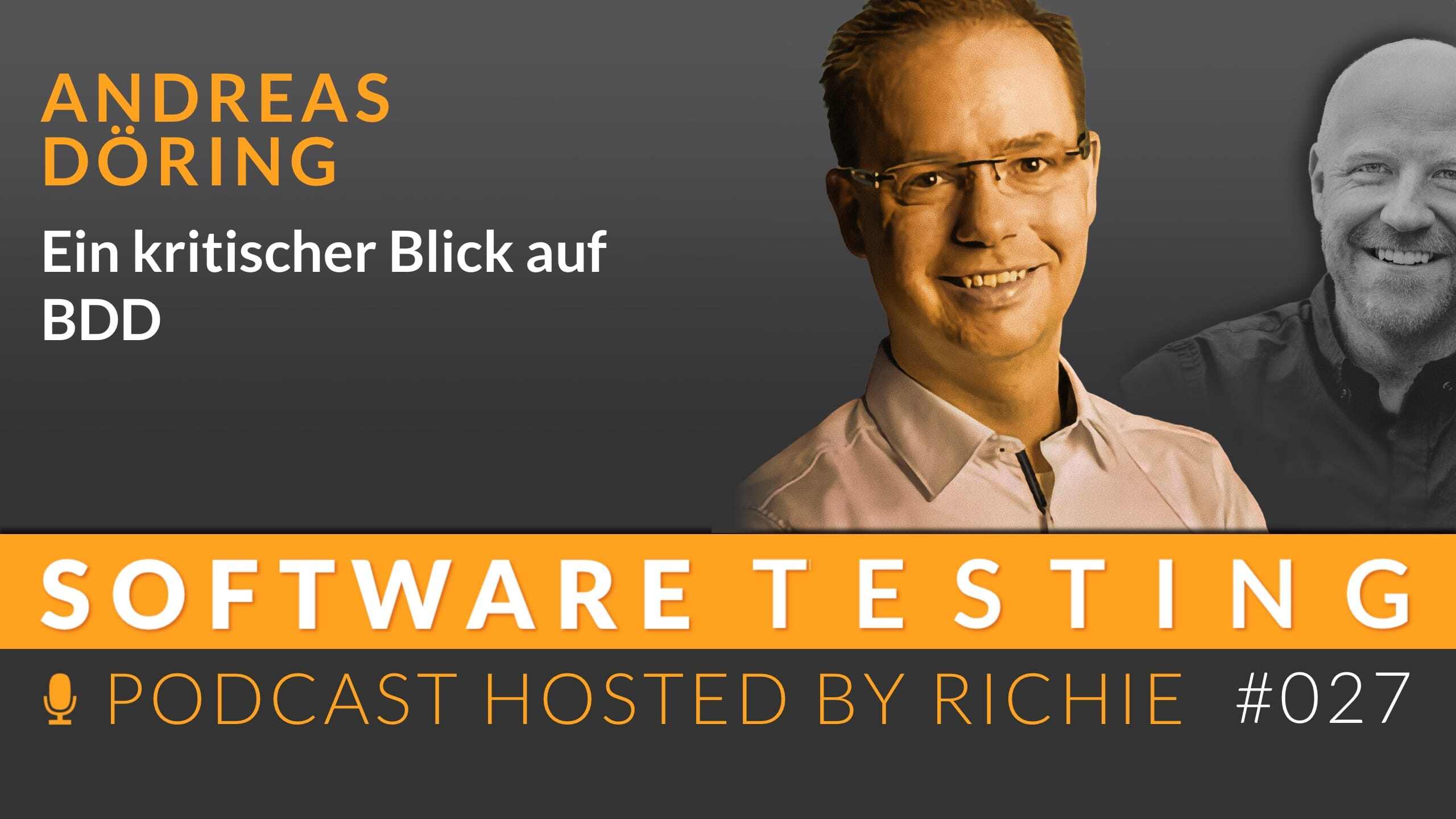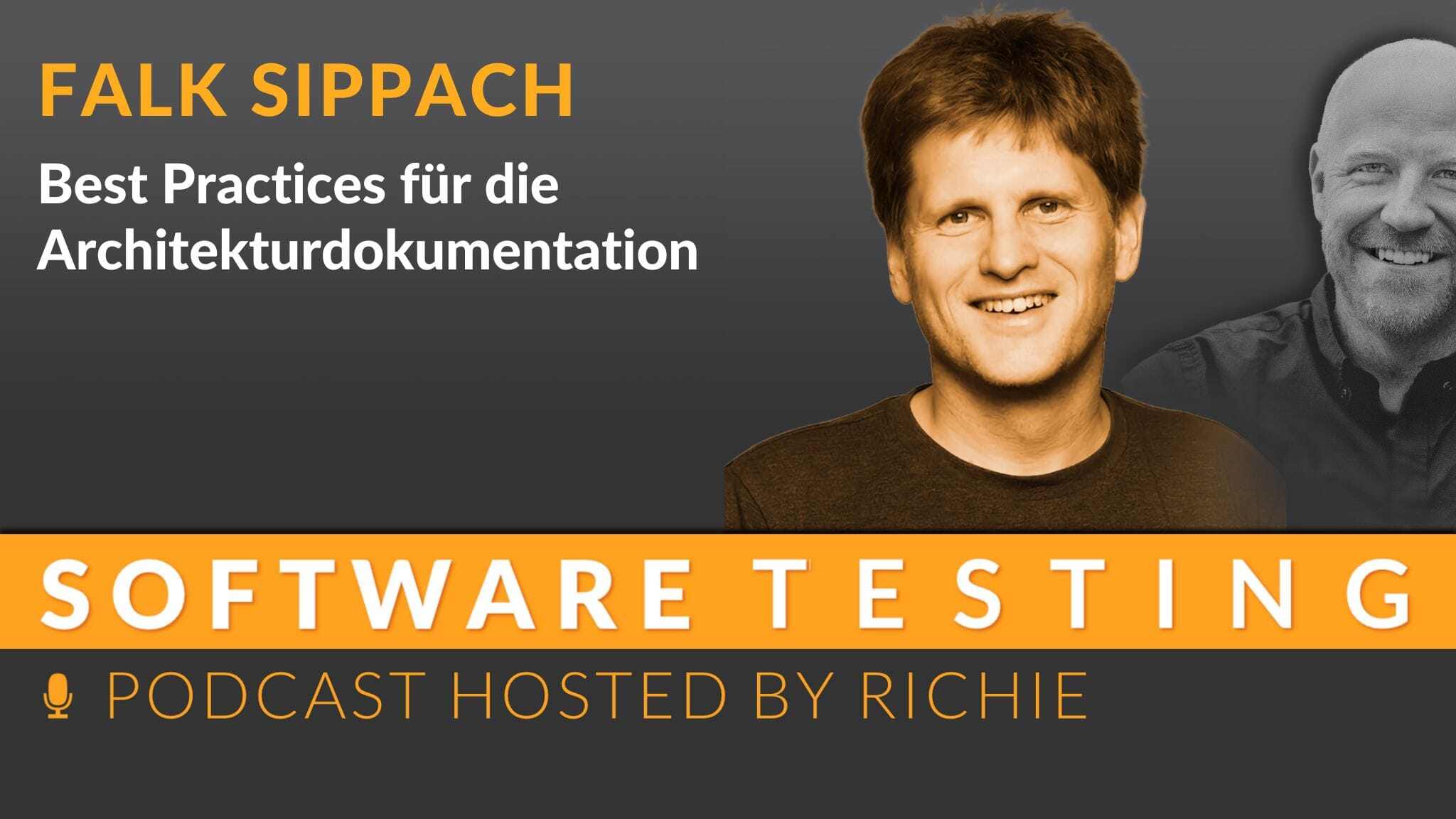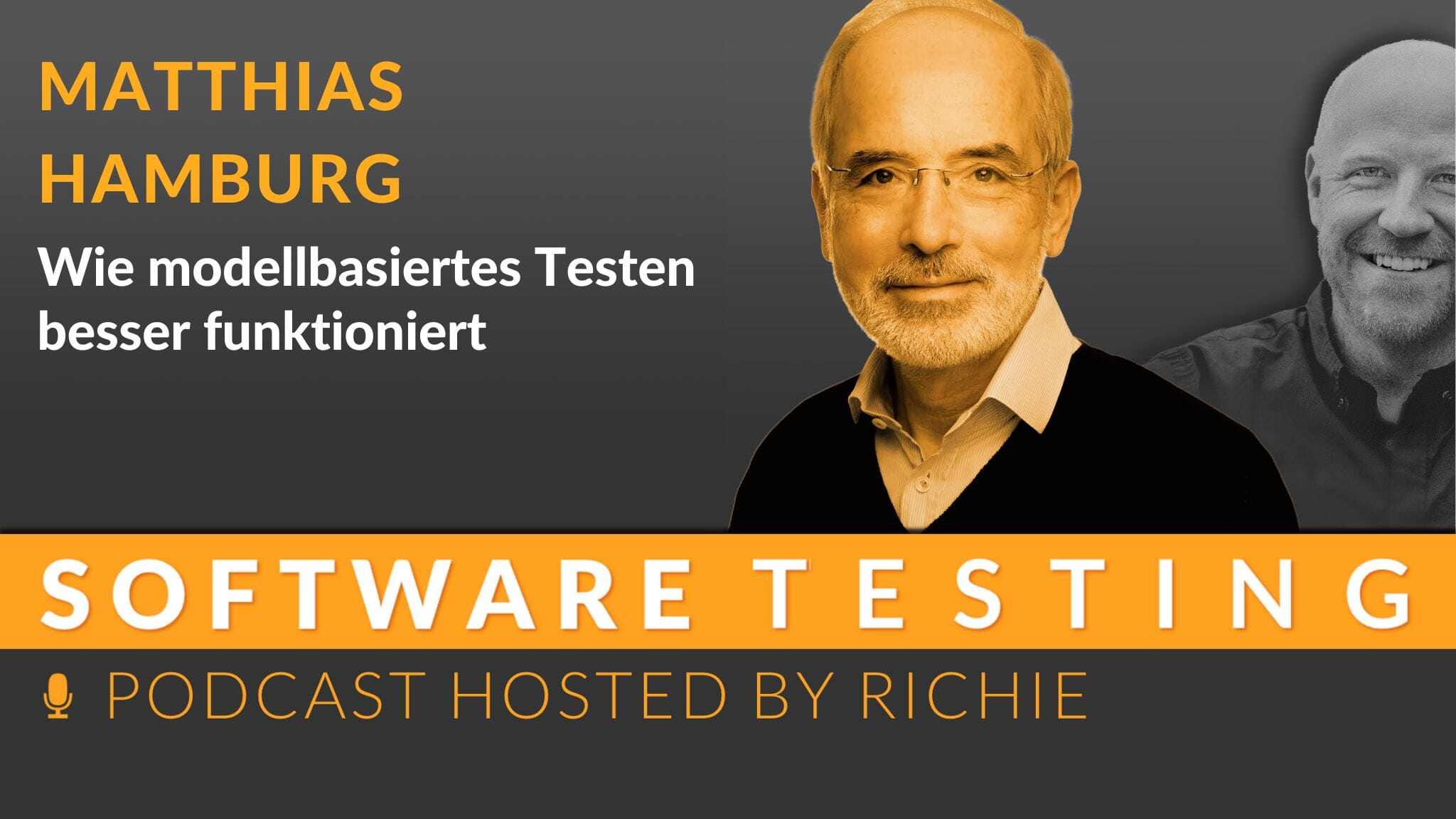A Critical Look at BDD
Podcast Episode: A Critical Look at BDD Behavior Driven Development, or BDD for short, is a powerful framework that is often misunderstood or...

In this podcast episode, BDD expert Pascal Moll discusses the basics of Behavior-Driven Development (BDD), the advantages for software development and the handling of test data. He presents useful tool combinations that support BDD and explains the limitations of the method. The successful integration of BDD into projects and how this method contributes to ensuring code quality are also discussed in detail.
"...if my function has more than eight lines, then I think hard about whether I can split them somehow." - Pascal Moll
Pascal has worked in various areas of the IT sector and is very familiar with the latest technologies and trends. He also passes on his more than 10 years of experience in testing in training courses on BDD, Cucumber, Gherkin, Selenium and Scrum. He works as a consultant in the areas of software development with object-oriented technologies and test automation as well as in test management. He has also carried out projects for various customers as an agile tester, project coordinator and developer.
Discover the world of Behavior Driven Development (BDD) and how it bridges the gap between the technical and business worlds. Learn how BDD works with tools like Cucumber, which roles are involved and how test data can be used effectively.
In our latest podcast episode, we have the pleasure of welcoming Pascal Moll, an expert in the field of Behavior Driven Development (BDD). Our acquaintance goes back a few years when we met at a seminar on test automation. Since then, we have shared the same passion for optimizing test processes. In this episode, we dive deep into the world of BDD and discuss its benefits, challenges and practical implementation.
Behavior Driven Development (BDD) is a development method that aims to describe the behavior of software features and make it understandable. Pascal explains that BDD is about creating a common language for developers and subject matter experts to avoid misunderstandings. This method uses a simple but effective syntax to define features and ensure that everyone involved understands exactly what is being developed.
One of the most popular tools in the BDD process is Cucumber together with the Gherkin syntax. Pascal explains how these tools are used to create behavior descriptions in a structured form. By applying a given if-then logic, Cucumber & Gherkin allows teams to clearly define test cases while building a bridge between technical and non-technical team members.
Although BDD offers many advantages, there are also some implementation challenges. Pascal shares his experience of the difficulties of creating test data and integrating BDD into existing projects. He emphasizes the importance of clear communication within the team and the need for mutual understanding for the successful use of BDD.
For teams that are new to BDD or want to integrate it into their processes, Pascal provides valuable tips for getting started. He recommends starting with a test case that is not too complex and gradually gaining experience. He also emphasizes the importance of clean code principles when creating test cases and maintaining the code.
To conclude our conversation, we take a look at the future of BDD in the context of artificial intelligence. Pascal sees potential in the support of AI in the generation of test structures and the prediction of potential sources of error. However, despite the exciting potential of these technologies, he remains realistic about the current capabilities of artificial intelligence

Podcast Episode: A Critical Look at BDD Behavior Driven Development, or BDD for short, is a powerful framework that is often misunderstood or...

Podcast Episode: Best Practices for (Architecture) Documentation In this episode, we talk about the importance and methods of efficient architecture...

Podcast Episode: Test design with model-based testing In this episode, I talk to Matthias Hamburg about model-based testing. Matthias is an...